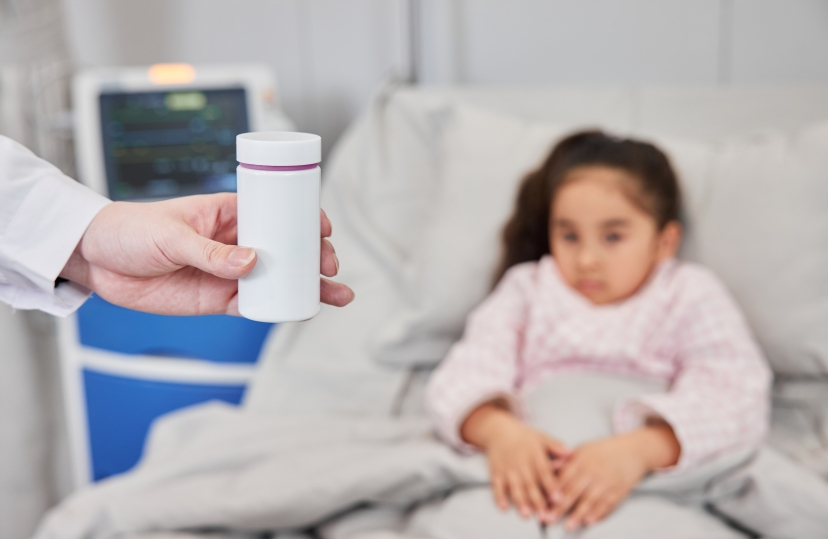
Recommendation 2 Vancomycin TDM is recommended for neonatal/pediatric patients, patients receiving renal replacement therapy (RRT) (very low quality evidence).
Interpretation Vancomycin pharmacokinetic parameters are highly variable in neonatal/ pediatric patients and in patients undergoing RRT. Therefore, vancomycin TDM is considered necessary to improve the clinical efficacy of vancomycin and to reduce the risk of adverse effects.
Recommendation 9 For neonatal/pediatric patients, it is recommended that vancomycin trough concentrations be maintained at 5 ~ 15 mg/L (strong recommendation, low-quality evidence, based on clinical scenarios such as site of infection, severity of infection, etiology, and MIC to determine the appropriate trough concentration for a given patient).
Interpretation The pharmacokinetic (PK) and pharmacodynamic (PD) characteristics of vancomycin in neonates/children may differ from those of adults, and therefore studies relevant to children were analyzed separately. Clinical evidence and expert experience suggests that some neonatal/pediatric patients are effective at steady-state trough concentrations below 10 mg/L, and that increased blood levels pose an additional risk of nephrotoxicity; therefore, a target trough concentration of 5-15 mg/L is recommended for children.
Neonatal/pediatric patients are included as an important part of this vancomycin TDM update, which fully reflects the need for a separate TDM.